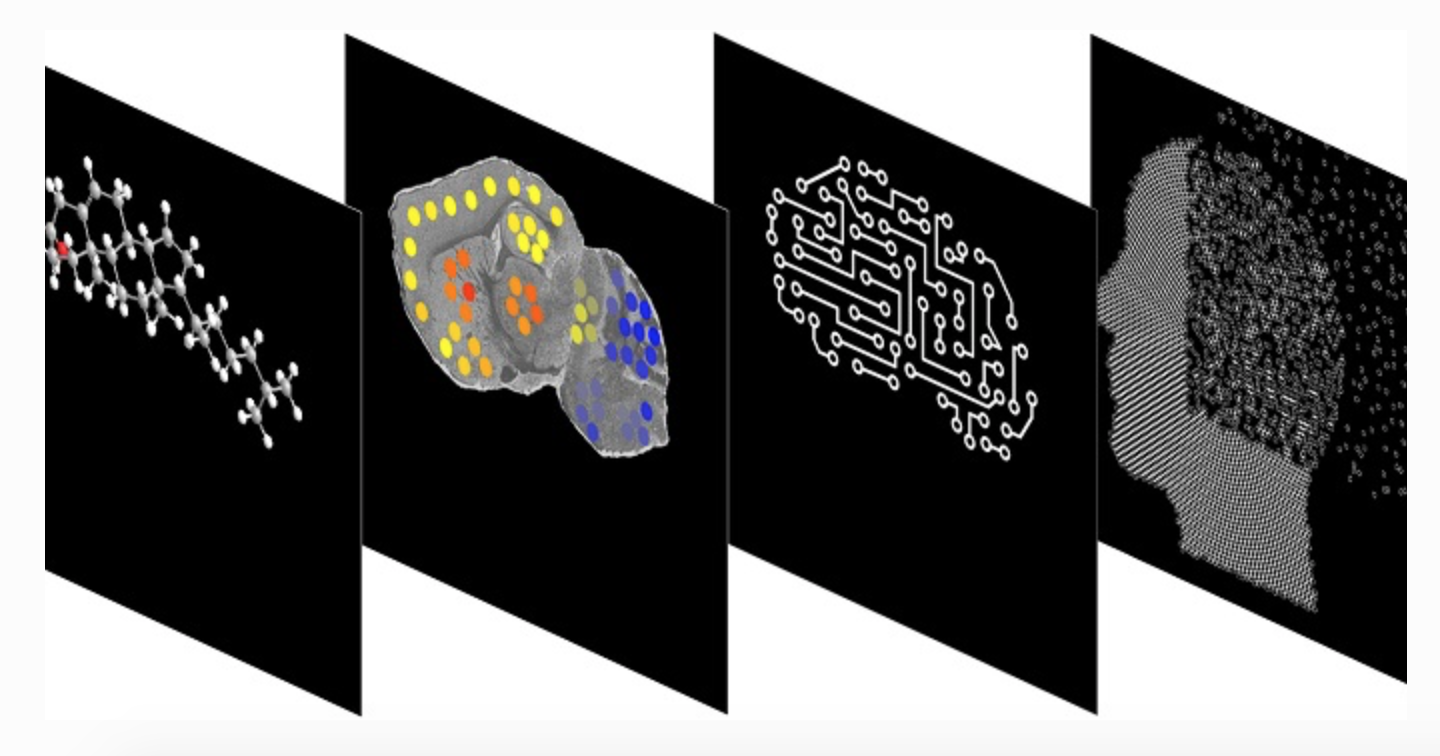William Griffiths and Swansea University colleagues have developed a method to map cholesterol in the brain, and understand potential molecule conversion. This is the first technology that can map cholesterol metabolism in defined locations at microscopic levels, and visualize how it changes in pathological niches in the brain.
While only studied on mice, the hope is that the technology can also be used to understand brain function changes in humans with neurodegenerative disorders. Griffiths added that “tissue excised during surgery could rapidly be profiled by our method in-clinic and used to distinguish healthy from diseased tissue, informing the surgeon on the next step of the operation.”
Collaborator Yuqin Wang said: “Our results show that cholesterol turnover is particularly high in striatum, the area most affected in Huntington’s disease. We will apply this method to find out how cholesterol metabolism is associated with this disease. This may lead to the development of new therapies to a disease which currently has no cure.”
